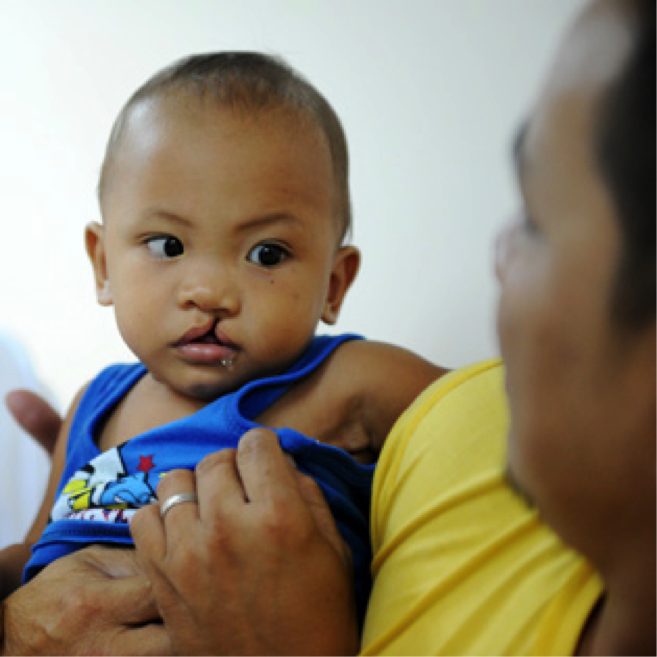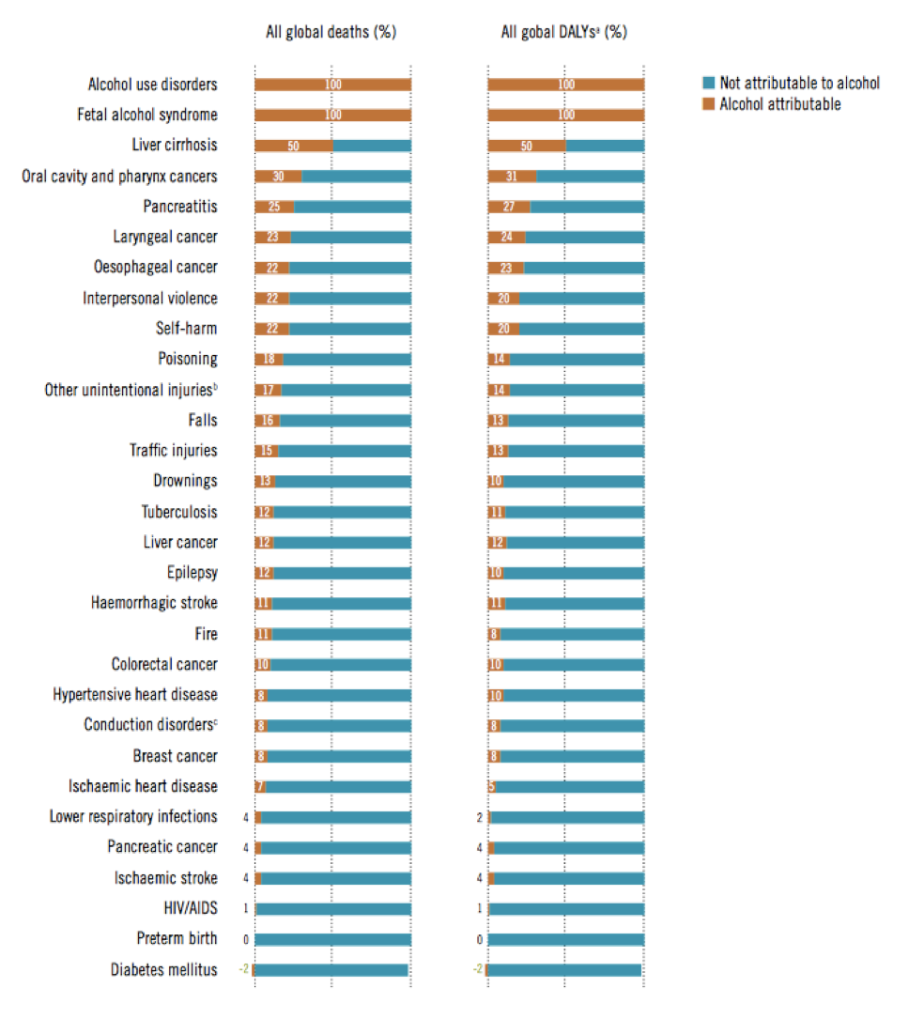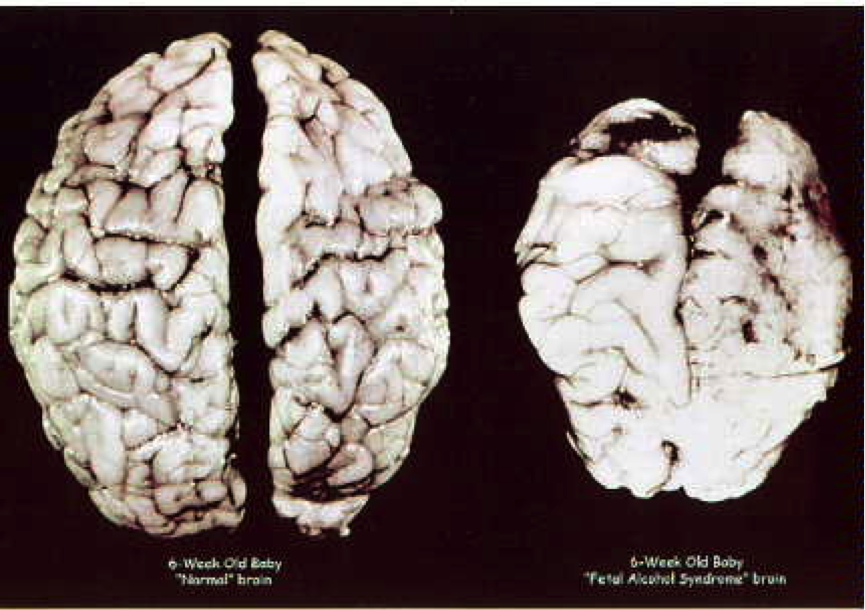A brief commentary on Foetal Alcohol Spectrum Disorders
 _____________________________________________________
_____________________________________________________
Foetal Alcohol Spectrum Disorders (FASDs) are a group of disorders of global concern. Entirely attributed to prenatal alcohol exposure, affected individuals suffer a lifetime of physical, psychological and social consequences. Foetal Alcohol Syndrome (FAS), has a global prevalence of 2.89 per 1000 live births, with some regions as high as 55.42 per 1000 live births. FASDs are preventable but there seem to be significant gaps in knowledge and practice.
In its 2014 Global status report on Alcohol and Health, the WHO emphasized the importance of strengthening capacity for prevention of FAS and the spectrum of associated disorders. As with many diseases of global concern, a variety of cultural, population and behavioral factors result in certain regions being more profoundly affected than others. FASDs are no exception. Some of the highest prevalence of the disorders globally is seen in South Africa, Canada and Croatia.

The discussion on FASDs is part of a broader discourse. For the most part, the consequences of the harmful use of alcohol are well understood and documented. Most recent data from a systematic literature review estimates the global prevalence of FAS at 2.89 per 1000 live births. The prevalence of FASDs, however, including other disorders within the spectrum is estimated to be far higher.
The World Health Organization (WHO) estimates that 3.3 million annual deaths occur as a result of the harmful use of alcohol, accounting for 5.9% of preventable deaths worldwide.

As shown above, after Alcohol use disorders, Foetal Alcohol Syndrome is the most significant cause of death or Disability, measured in Disability Adjusted Life Years (DALYS), attributed to harmful alcohol use. Unlike most health effects and consequences resulting from alcohol consumption, such as Alcohol-use Disorders and liver cirrhosis, FAS does not directly affect the individual. Instead it affects the foetus. Furthermore, unlike almost all other alcohol-attributable diseases, FAS is entirely attributed to alcohol exposure. This relationship between the alcohol consumption of the mother and the adverse, irreversible effects on the infant raises a number of ethical issues in preventing, measuring, interpreting and regulating the factors related to the condition.
DALYs are years of healthy life lost to disease due to disability. One DALY equates to one year of healthy life lost.
Whilst not always considered the most useful measure of morbidity in terms of disability, in conjunction with other indicators, it is generally accepted as a useful metric for understanding health status change and, from a broader perspective, the effectiveness of policy and intervention. In this regard, FASDs are unique. They are not acquired at some point in life as is the case with pancreatitis or accident related injury. In essence, every year of the affected individual’s life is a DALY.
Quality Adjusted Life Years (QALYs), as a metric, are also not immune to criticism. QALYs measure the quality of life provided by healthcare interventions. To its credit, this measure combines both qualitative and quantitative measures of patient’s life quality. In terms of FASDs, however, QALYs are a poor measure. FASD patients require lifelong medical and social intervention to thrive – this is a high level of resource allocation for a condition that can only be monitored, perhaps ameliorated, but never treated.
FASDs are important because they present an important social as well as public health problem in many communities. A major challenge lies in identifying appropriate intervention programs aimed at reducing alcohol intake by pregnant women who are at greatest risk of giving birth to infants with FASD.
In South Africa, the Western and Northern Cape regions have the world’s highest recorded rates of FASDs. Heavy alcoholism within certain groups remains very much commonplace, particularly in the nation’s rural areas. High levels of alcoholism and binge drinking behavior have their centuries old heritage in the dop system, directly translated to mean “tot” or “shot”, whereby Dutch colonists paid farm workers on vineyards entirely or partially in cheap alcohol.
Furthermore, it is reported that on many farms in the Cape provinces of South Africa the use of alcohol as a form of partial remuneration still exists covertly. Current legislation in South Africa prohibits dop, but the legacy of a culture of heavy alcoholism lives on: today some of my beloved country’s rural areas prevalence of FAS is as high as 10.2%.
Foetal Alcohol Syndrome is diagnosed using criteria of facial abnormalities, including smooth philtrum, reduced palpebral fissures and even cleft lip and/or palate. Often infants suffer impaired cognitive development. Those affected by FAS often experience brain dysfunction, mental impairment, psychological disorders and learning disabilities. Furthermore, it often goes undiagnosed for several years. There is no cure for FAS.

Foetal Alcohol Spectrum Disorders in particular, distinct from the syndrome, tend to be poorly diagnosed. Particularly where health workers are not very familiar with the condition. Nonetheless, the long-term consequences of FASDs, including pFAS, ARBD and ARND, have a profound impact on the intellectual and social development of the individual.
Although no formal international guidelines on primary, secondary and tertiary prevention of Foetal Alcohol Spectrum Disorders exist, a handful of regional and national studies have investigated prevention methods used in certain areas with an aim to better understand the effectiveness of these varied approaches and how they may be implemented at a larger scale. Indeed, one study showed that merely gaining access to prenatal care resulted in a significant decrease in alcohol use during pregnancy, a luxury to which many women globally, particularly from lower socioeconomic backgrounds, have little or no access
Nonetheless, I would argue that it is the culture of frequent and/or binge drinking that perpetuates prenatal alcohol exposure; perhaps even to a larger degree than ignorance, misinformation or apathy.
Images: whattoexpect; WHO; FASlink;
